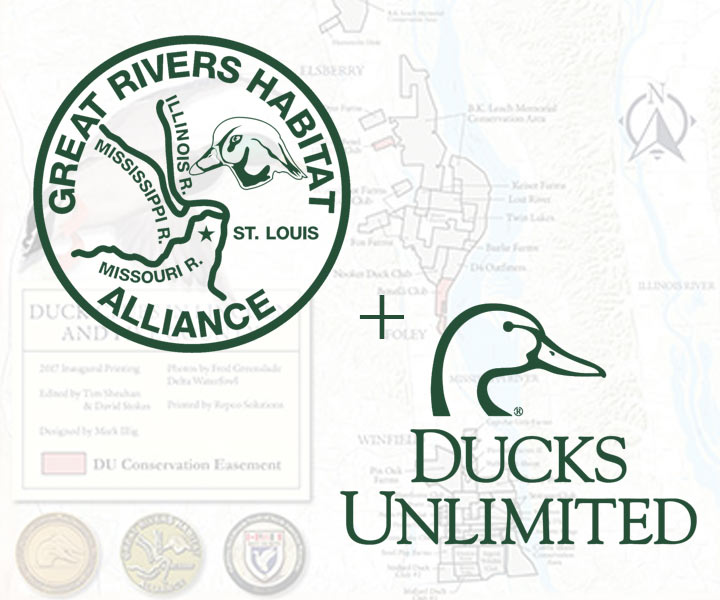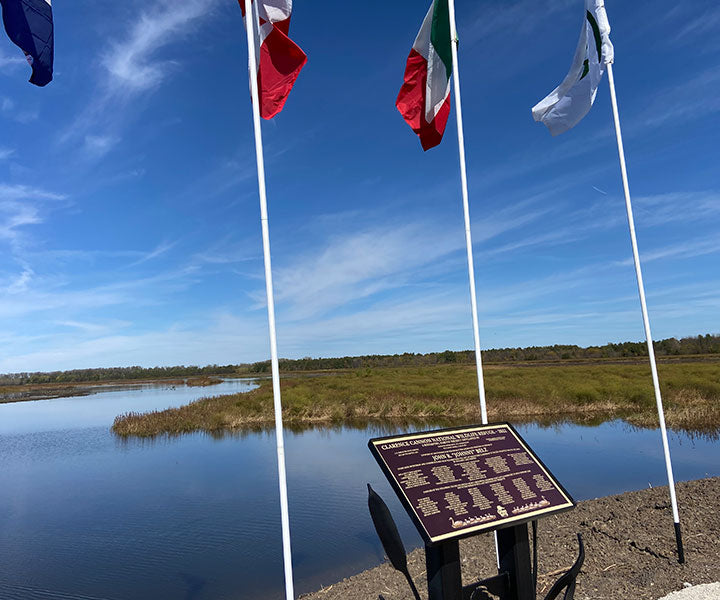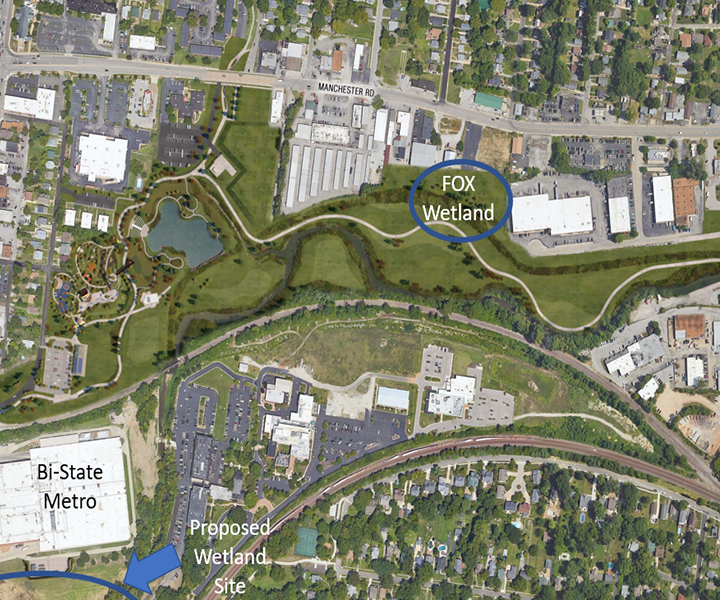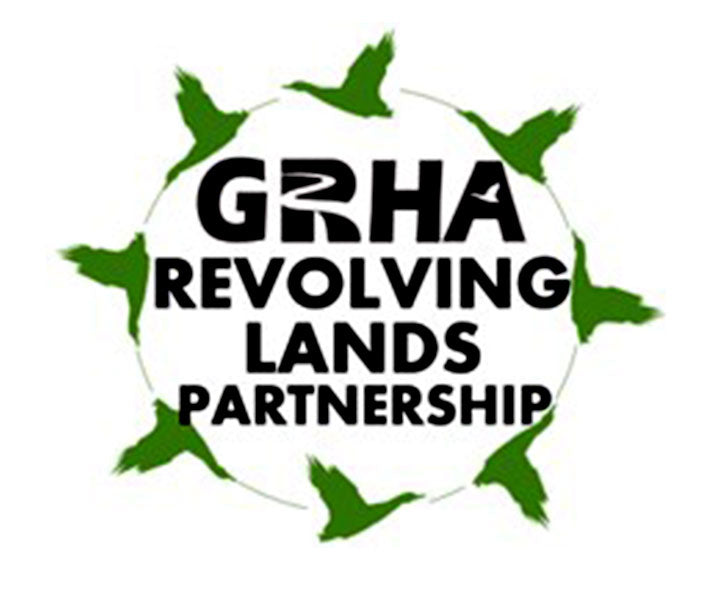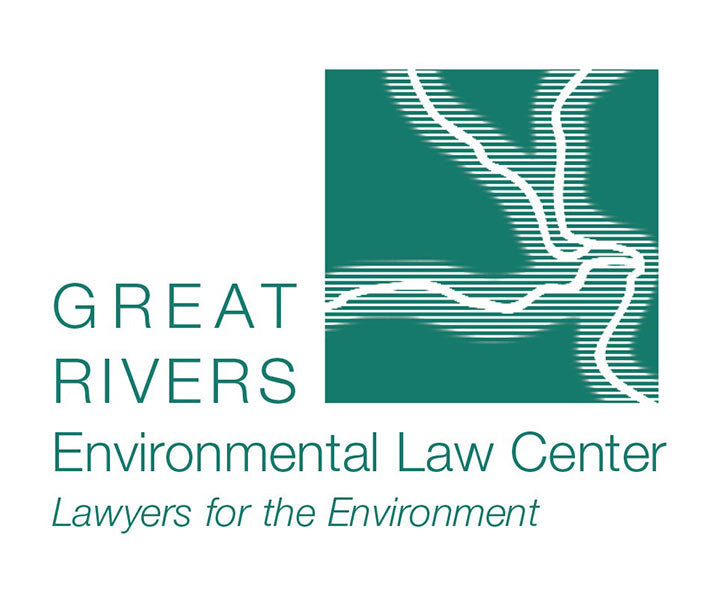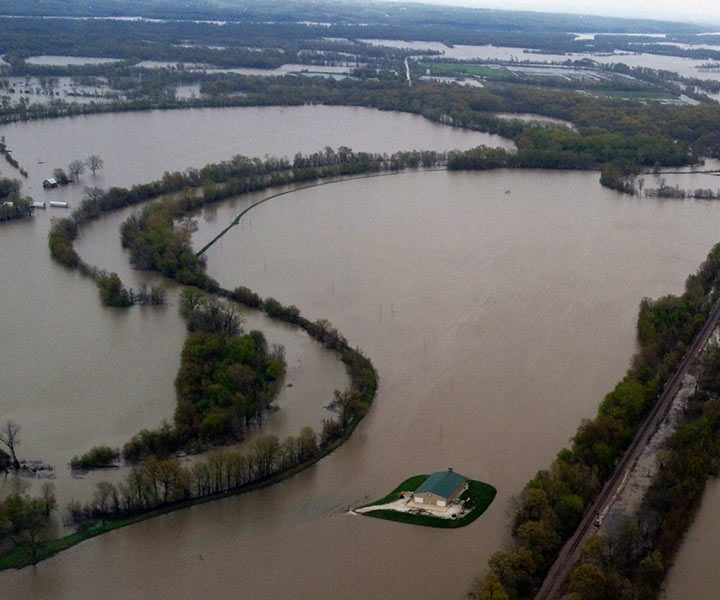Price :
QTY :
CART TOTALS :
There are items
in your cart
CART TOTALS :
Your shopping bag is empty
Go to the shop
Missouri Agricultural Wetland Initiative (MAWI)
GRHA continues its strategy of partnerships to protect the Confluence through programs such as the Missouri Agriculture Wetlands Initiative, which delivers coordinated private land conservation in the Confluence.
GRHA is proud to join the Missouri Agricultural Wetland Initiative (MAWI) Partnership and will support the partnership through an annual gift restricted to projects in the 3 county areas of Lincoln, Pike and St. Charles.
The MAWI continues to provide a successful private lands partnership with DU, MDC, U.S. Fish and Wildlife Service, U.S. Department of Agriculture, GRHA and private landowners being key partners driving big conservation numbers. To date the partnership has delivered 53 projects on the Missouri landscape. These projects directly restored 1,785 acres of native wetland habitats and enhanced flooding opportunity on another 1,278 acres of adjacent rowcrop fields. GRHA’s hope is that this new funding by GRHA will help bring additional awareness and matching dollars to the program, ultimately increasing the number of acres of habitat on the ground.
GRHA’s Missouri Agriculture Wetland Initiative program targets lands within the three county areas of Lincoln, Pike and St. Charles Counties and assists landowners with projects to provide habitat on production land. Landowners can sign up for this program through the Natural Resource Conservation Service.
MAWI DESCRIPTION
MAWI is a conservation partnership that conserves, restores and enhances wetlands and associated habitats across the state in focused geographies. MAWI integrates existing wetland conservation programs administered by the U.S. Department of Agriculture (USDA), Missouri Department of Conservation (MDC), Ducks Unlimited, Inc. (DU), and U.S. Fish and Wildlife Service (USFWS) to fully develop the restoration potential of wetland habitats interspersed in agricultural settings on private lands, and provides increased leverage of cost-share dollars amongst programs.
The following wetland conservation programs are applicable in MAWI: USDA Continuous Conservation Reserve Program (CCRP) CP-9, CP-23, and CP-23A “Enhancement” practices, USDA Wetland Reserve Program (WRP), MDC Landowner Assistance Program (LAP) MDC-100A practice, DU wetland restoration cost-share, and the USFWS Partners for Fish and Wildlife Program (PFW).
MAWI entails DU, state and federal biologists working in partnership with private landowners to restore and manage wetland habitats using strategies compatible with production agriculture. The primary objectives are to provide high quality fish and wildlife habitat, filter runoff, and improve water quality entering riverine systems.
Applicable Geographies:
Beginning in 2014, MAWI Phase III will be available statewide. However, it will be focused in specific geographies as identified by the DU “Big Rivers” Initiative, USFWS PFW Conservation Focus Areas and MDC, Conservation Opportunity Areas (COAs) (Figure 1). Mark Twain and Truman Reservoir watersheds will be applicable above targeted elevations to avoid water management constraints associated with flowage easements.
Habitat Goals:
MAWI Phase III will be utilized to conserve, restore and/or enhance larger (i.e., > 20 acres) moist soil, emergent marsh, wet prairie, bottomland hardwoods in riparian corridors, scrub/shrub habitats as well as providing winter crop field flooding opportunities. MAWI phase III funds will target sites that currently have, or upon restoration will have, water management capabilities. Funds can be used on projects that are opportunistic in nature or, upon engineering design, provide enhanced biological value to wetland ecosystems, as determined by the field biologists.
Program Goals:
Because MAWI Phase III is a tool designed to leverage cost-share dollars among several different programs to achieve high quality wetland design and function in oftentimes highly altered landscapes, MAWI funds will be utilized only on sites of 20 acres in size or greater. Projects within focused geographies (see map) will be given first priority.
MAWI is funded through a cooperative venture between DU, USFWS, MDC and GRHA. Program funding is limited. Funds can be utilized in addition to monies provided by USDA for wetland restoration or enhancement projects such as WRP or CCRP- CP9, CP23, and CP23A with Enhancement.
When MAWI funds are utilized to restore a wetland that is not in conjunction with USDA wetland conservation programs or funding, cost share will be implemented in accordance with MDC LAP, DU wetland restoration cost-share and USFWS PFW Program guidelines and policies (i.e., cost share rates, design specifications, management and maintenance requirements).

In 2022, Great Rivers Habitat Alliance embarked on an exciting new venture to protect more than 181 acres of floodplain habitat along the Mississippi River and create what we will call the GRHA Foster-Rollins Floodplain Conservation and Education Area. The property is just south of St. Louis and adjoining Cliff Cave County Park and Marions Place. The property is now the largest currently owned by GRHA. That journey took another step when GRHA closed on the property on April 11, 2024.
GRHA Partners with Ducks Unlimited in many ways including the DU Conservation Easement Program. GRHA partners in the Conservation Easement Program increase the uptake of private conservation easements by providing landowners financial support during the due diligence process and by promoting the overall program. These easements preserve the land in perpetuity, with a goal of eventually assembling enough parcels to effectively create a wall of protection against commercial development in the Confluence.
GRHA partners with Ducks Unlimited and other partners on projects addressing wetland loss and flooding within the Confluence through DU’s Big Rivers Initiative -Missouri. The Confluence of the Mississippi, Illinois, and Missouri Rivers is North America’s greatest floodplain forming a unique wetland system known as the Confluence Floodplain. This region carries waters from over half of the United States landscape and serves vital ecological functions such as storage and purification of floodwaters.
The Brentwood Bound Plan is a comprehensive solution to overcome flooding and public safety challenges presented by the Deer Creek channel and to improve the Manchester Road corridor within the City of Brentwood. Great Rivers Habitat Alliance with support of the Fox Family Foundation is proud to partner with the City of Brentwood in their Brentwood Bound Plan and Deer Creek Flood Mitigation project.
GRHA continues its strategy of partnerships to protect the Confluence through programs such as the Missouri Agriculture Wetlands Initiative, which delivers coordinated private land conservation in the Confluence. GRHA is proud to join the Missouri Agricultural Wetland Initiative (MAWI) Partnership and will support the partnership through an annual gift restricted to projects in the 3 county areas of Lincoln, Pike and St. Charles.
Great Rivers Habitat Alliance has made a commitment to partner with Wisconsin Ducks Unlimited and other partners to support Wisconsin’s Big Rivers Initiative. The Wisconsin Big Rivers Initiative focuses on the western two-thirds of the state that drains into the Mississippi River, down to the Confluence and eventually the Gulf of Mexico.
The Great Rivers Habitat Alliance is proposing the creation of a placed-based partnership designed to increase focus and achieve a shared vision of protecting the Confluence floodplain called the GRHA Revolving Lands Partnership.
Great Rivers Environmental Law Center partners with Great Rivers Habitat Alliance by providing free legal services to protect the environment and public health. We work together through the courts and administrative agencies to safeguard the environment by enforcing environmental laws, especially air and water pollution laws and laws intended to protect wetlands, floodplains, open space, and endangered species.
To address flooding, GRHA is working with local leadership to tackle the issue of floodplain rise and the filling of the floodplain and develop a regional approach for managing flood losses while protecting and restoring benefits of floodplains. We look to grow public awareness of the importance of the Confluence and provide a voice for landowners, agriculture, the duck clubs and Confluence hunters. GRHA will use policy and litigation to support our mission to directly combat the commercial development of the 100-year Confluence flood plain.
"It is vital to protect the critical migration habitat of Raccoon Ranch in perpetuity - especially as it relates to the abundant spring migration habitat on the property,” explained Charlie Hager, President and Chief Operating Officer for C. Hager & Sons Hinge Manufacturing Company. “The more of us in the Confluence who take the step to protect the wetland values of our property with a conservation easement the more we can insure that waterfowl will use the Confluence in the future.”
Garth Fort, then Dardenne Club member and chairman of the club's easement committee said, “The 22-member club voted unanimously to protect Dardenne's natural wetlands with a conservation easement, and we all feel really good in doing so. It's the most important action the club has ever taken.”
“We’re all stewards of the land. It’s our obligation and responsibility to preserve and protect this historical migration route, and that will require all ducks clubs, large and small, working together to conserve the wetland values of the Confluence. Maybe in 200 years someone will say, ‘These folks sure had some foresight!’”
"A donated easement was the best way to guarantee the long-term sustainability of the wetland habitat on the property."

